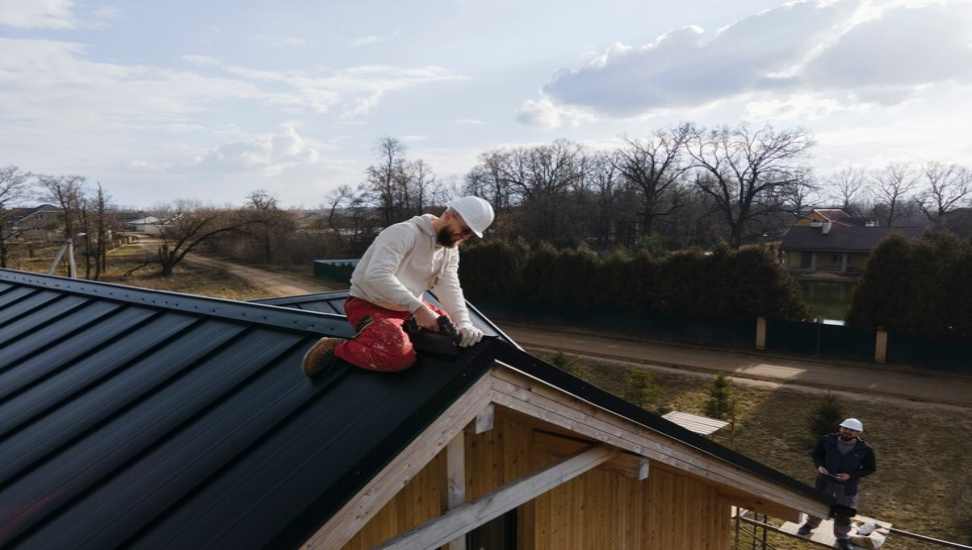Your roof is the shield that protects your home from the elements. Roof replacement is a significant investment, but a crucial one in ensuring the longevity and structural integrity of your dwelling. This article explores the signs that indicate a roof replacement might be necessary, the factors to consider when making this decision, and the process involved in a typical roof replacement project.
When is a Roof Replacement Necessary?
While routine maintenance can extend the lifespan of your roof, there comes a time when roof replacement becomes unavoidable. Here are some key signs to watch out for:
- Visible Wear and Tear: Curling or cracked shingles, bald spots with exposed underlayment, and excessive granular loss from asphalt shingles are all indications of significant wear and tear.
- Leaks: Leaks are a clear sign that your roof is failing to perform its primary function of keeping water out. Left unaddressed, leaks can lead to structural damage and mold growth.
- Age: Asphalt shingle roofs typically last 15-20 years, while metal roofs can last upwards of 40-70 years. Knowing the age of your roof and its expected lifespan can help you anticipate a potential replacement.
- Moss Growth: While not an immediate threat, moss growth on your roof can trap moisture and accelerate shingle deterioration.
Considering Repairs vs. Replacement: In some cases, roofing repair might be a viable option for minor issues like a few missing shingles or a small leak. However, if the damage is widespread or the roof is nearing the end of its lifespan, a roof replacement is the more practical and long-term solution.
Factors to Consider Before a Roof Replacement Project
Before embarking on a roof replacement project, consider these important factors:
- Budget: Roof replacement can be a significant expense. Get quotes from multiple reputable roofing contractors to compare prices and materials. Factor in the cost of permits and disposal fees.
- Roofing Material: Asphalt shingles are a popular and cost-effective option. Metal roofs offer superior durability but come at a higher price point. Consider factors like climate, aesthetics, and budget when choosing your material.
The Roof Replacement Process: What to Expect
A typical roof replacement project involves several key steps:
- Project Consultation: Discuss your needs and budget with a qualified roofing contractor. Get a detailed quote outlining the scope of work, materials, and timeline.
- Permit Application: The contractor will typically handle obtaining the necessary permits from your local building department.
- Project Preparation: The contractor will protect your landscaping and surrounding areas with tarps. Existing roofing materials will be removed and disposed of responsibly.
- Underlayment Installation: A new water-resistant underlayment is installed to provide an additional layer of protection.
- New Roof Installation: Your chosen roofing material will be installed according to manufacturer’s specifications.
Conclusion: Investing in Peace of Mind with Roof Replacement
A roof replacement is an investment in the safety and longevity of your home. By recognizing the signs that indicate a replacement is necessary, carefully considering the factors involved, and selecting a reputable contractor, you can ensure a smooth and successful project. A well-maintained and properly replaced roof provides peace of mind, protects your valuable assets, and enhances the curb appeal of your property. So, don’t ignore the signs – invest in a roof replacement and safeguard your home for years to come.
Also Read:-
- What Is Keyword Mapping?
- What Are Backlinks In SEO?
- The Environmental Impact of Digital Paycheck Stubs




